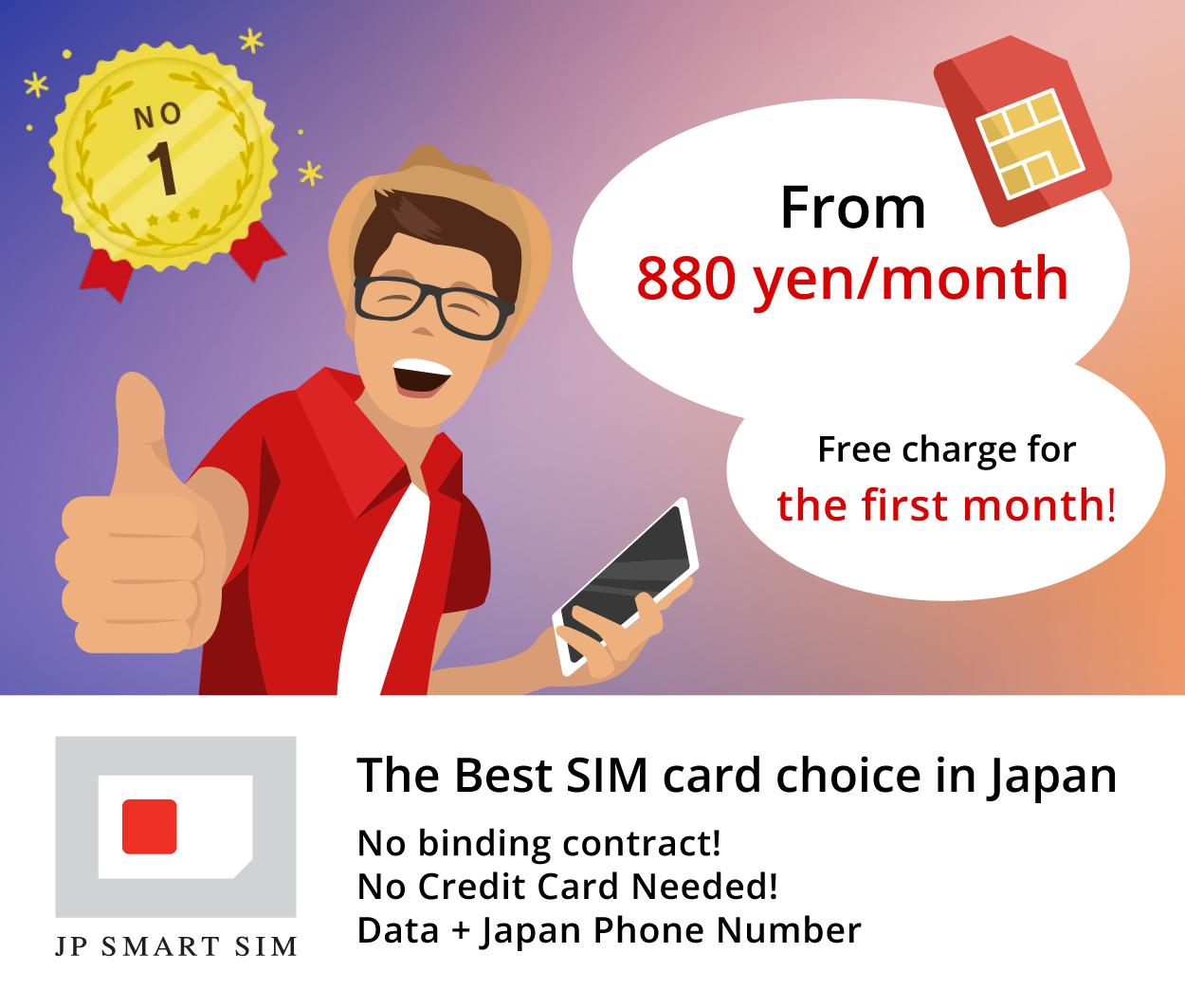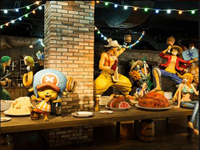Shosoin


(Source: ぬるまゆぶろグ)
Treasure Storehouse
Inside the treasure storehouse is divided into three rooms in which a lot of treasures were preserved. The treasures consist of the Emperor’s belongings, household goods of noble families, musical instruments and so on. There is also some craftwork of eastern Asia delivered to Japan via the Silk Road.
Azekura Style
Shosoin was built using the azekura style of architecture to preserve precious treasures to avoid them from damage and deterioration. The characteristic of this style building is that logs are laid on top of each other, capable of keeping the humidity inside stable with minimum influence from the air outside. This is one of the secrets the treasures preserved in Shosoin were in pristine condition even after over 1,000 years.

(Source: minack / PIXTA(ピクスタ) )
Exhibition of Shosoin Treasures
Nara National Museum in Nara Park has an annual exhibition of Shosoin treasures for a limited period in autumn. Exhibiting some of the treasures stored in Shosoin, which has a total of about 9,000 items, it is a great chance to take a look at rare items. If you can visit Shosoin during this exhibition period, make sure to visit Nara National Museum too!

(Source: 明治・大正名所 探訪記)

(Source: ぬるまゆぶろグ)
Treasure Storehouse
Inside the treasure storehouse is divided into three rooms in which a lot of treasures were preserved. The treasures consist of the Emperor’s belongings, household goods of noble families, musical instruments and so on. There is also some craftwork of eastern Asia delivered to Japan via the Silk Road.
Azekura Style
Shosoin was built using the azekura style of architecture to preserve precious treasures to avoid them from damage and deterioration. The characteristic of this style building is that logs are laid on top of each other, capable of keeping the humidity inside stable with minimum influence from the air outside. This is one of the secrets the treasures preserved in Shosoin were in pristine condition even after over 1,000 years.

(Source: minack / PIXTA(ピクスタ) )
Exhibition of Shosoin Treasures
Nara National Museum in Nara Park has an annual exhibition of Shosoin treasures for a limited period in autumn. Exhibiting some of the treasures stored in Shosoin, which has a total of about 9,000 items, it is a great chance to take a look at rare items. If you can visit Shosoin during this exhibition period, make sure to visit Nara National Museum too!

(Source: 明治・大正名所 探訪記)






